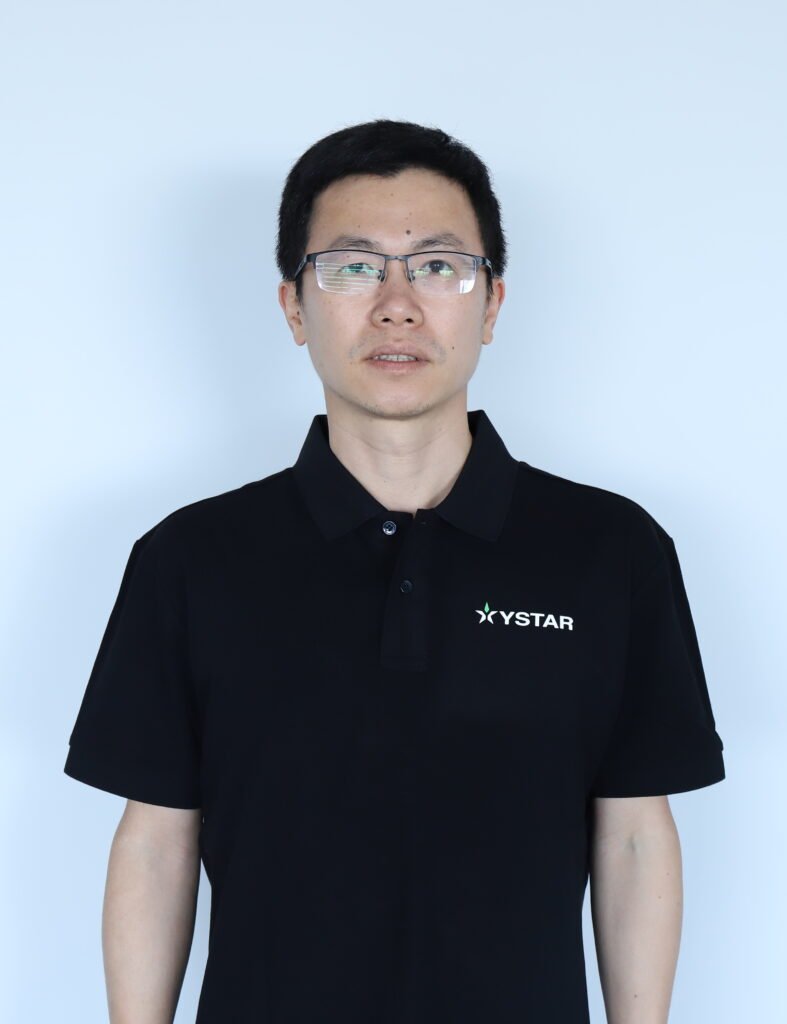Opening Dialogue
Head Coach (Marta): “We need a kit that can survive training and still look professional on match day. Last season’s jerseys cracked, collars stretched, and players were drenched in sweat by halftime.”
Team Ops Lead (Jamal): “Should we stick to standard wholesale jerseys and replace them mid-season, or finally invest in camisas de futebol personalizadas with upgraded fabric and sublimation?”
Fornecedor (Ystarwear Rep): “If we align the evolution—fabric, impressão, and fit—you’ll get durability, conforto, and consistent branding. One jersey can serve both practice and match day, saving cost and boosting identity.”

Why the Evolution Matters (Desempenho, Identity, ROI)
A football jersey is no longer just a uniform. It’s performance equipment. Today’s personalizado camisas de futebol combine:
- Advanced polyester knits for sweat transport,
- Engineered ventilation for heat regulation,
- Durable sublimated prints that won’t peel,
- Athlete-specific cuts for mobility and comfort.
Studies show that synthetic fabrics wick moisture and dry faster than cotton, enhancing comfort during high exertion. Improved ventilation zones also enhance thermal regulation. From a business angle, one dual-purpose kit reduces replacement cycles and boosts return on investment (ROI). Market data confirms that the global sportswear industry is still growing, powered by performance fabrics and team customization.
Timeline: From Cotton Tees to Engineered Jerseys
| Era | Dominant Fabric | Print Method | Ajustar & Padrão | Match-Day Impact |
|---|---|---|---|---|
| 1980s–1990s | Algodão / basic polyester | Screen print | Boxy cuts | Heavy, sweat-soaked, prone to cracking |
| 2000é | Polyester knits | Screen + heat-transfer | Slimmer cuts | Better sweat control, but mixed durability |
| 2010é | Micro-mesh + spandex | Sublimation | Athletic fit | Leve, flexível, color-stable |
| 2020s–Now | Engineered polyester, recycled blends | ICC-profiled sublimation + bordado | 3D-graded youth→adult | Dual-purpose, TV-ready colors, long lifespan |
Why sublimation rose: Unlike surface ink, sublimation bonds dye into the fiber, making jerseys resistant to peeling and fading, even after dozens of washes.
Our Custom Football Jerseys: Materials That Changed the Game
Premium Fabric System
- Moisture-wicking micro-mesh polyester keeps athletes dry.
- Lycra stretch panels offer full mobility.
- Laser-perforated ventilation zones improve airflow at heat maps (voltar, underarms).
- Colorfast sublimation fibers ensure club colors remain sharp.
- OEKO-TEX® certified options ensure safe textiles for youth players.
Why it beats stock jerseys: Ordinary jerseys often use generic polyester and surface prints that crack. Our engineered knits with sublimation stay lighter, cleaner, and more durable season after season.
Produção & Engineering: From Pattern to Print
Athlete-First Fit
- 3D-graded sizing (youth → adult) prevents sagging or tightness.
- Movement-mapped collars and cuffs reinforced at stress points.
- Sponsor placement layouts optimized for visibility and compliance.
Manufacturing & Color Control
- Computer-guided cutting for symmetry and waste reduction.
- Costuras planas reduce irritation during long play.
- ICC-profiled sublimation workflow keeps brand colors accurate.
- Multi-step QA checks: tensile strength, wash tests, colorfastness.
Expert Insights & Market Views
- Emily Chen, Ystarwear Product Director: “Clubs don’t need two average kits when one premium custom football jersey can handle both training and competition.”
- Robert Ng, Technical Consultant: “Sublimation allows fabrics to breathe, unlike surface prints. Thermal comfort is vital when fixture schedules intensify.”
- Market Trend: Recycled polyester jerseys are growing in demand, aligning performance with sustainability.
Scientific Data Snapshot
- Moisture management: Polyester fabrics dry faster than cotton, proven in lab tests.
- Ventilation studies: Laser-perforated fabrics improve convective cooling and reduce heat buildup.
- Durabilidade: Sublimation printing maintains color after 50+ washes, unlike screen prints.
- Youth safety: OEKO-TEX® certification guarantees jerseys are free from harmful chemicals.
- Compliance: Law 4 requires numbers and kit colors to follow strict rules—customization ensures compliance.
Real-World Applications & Opinião
- Coastal United FC (U18–Senior): Switched to dual-purpose custom jerseys, cutting kit costs by 22% while improving sponsor visibility.
- Sunview Academy (Youth 10–14): 300 sublimated kits retained structure and brightness after an entire camp season.
- Regional Youth Festival: Multi-team event using custom kits for identity differentiation; no compliance issues reported.
Coach feedback: Players felt lighter, cooler, and more confident compared to their old stock kits

Perguntas frequentes
1. Are sublimated football jerseys more durable?
Sim, sublimation bonds colors into fibers, resisting cracking and fading.
2. What fabric is best for all levels?
Lightweight polyester with Lycra for stretch and breathability.
3. Do custom jerseys help compliance?
Sim, layouts are designed to meet Law 4 rules for numbers and colors.
4. Are OEKO-TEX® certified jerseys better for youth?
Sim, certification ensures safety from harmful substances.
5. Can recycled polyester be used?
Sim, sustainable jerseys are increasingly popular with clubs worldwide.
References
- Nasrin, S. (2023). Factors Affecting the Sweat-Drying Performance of Active Sportswear. MDPI Polymers.
- Nasrin, S. (2025). Analyzing Fabric Parameters in Active Sportswear. Textile Research Journal (SAGE).
- Di Domenico, I., et al. (2022). The Role of Sports Clothing in Thermoregulation, Conforto, and Performance. Int. J. Environ. Res. Public Health.
- Walker, E. B. (2024). Color Accuracy and Durability for Printed, Branded Textiles. Imaging CIC Proceedings.
- Silva, M. C., et al. (2021). Digital Sublimation Printing on Knitted Fabrics. Polymers.
- Bridges, A. W. (2025). Color Fastness of Untreated Textiles in Garment Printing. JTMAE.
- IFAB. (Latest). The Players’ Equipment — Law 4.
- OEKO-TEX®. (2023). STANDARD 100 Factsheet.
- Grand View Research. (2024). Activewear Market Size & Trends.
- Grand View Research. (2023). Sportswear Market Report.
- Horn, S., et al. (2023). Environmental Assessment of Polyester T-Shirts via LCA. Science of The Total Environment.
- Yale Center for Environmental Law & Policy. (2021). Sustainable Gear Study & LCA.



